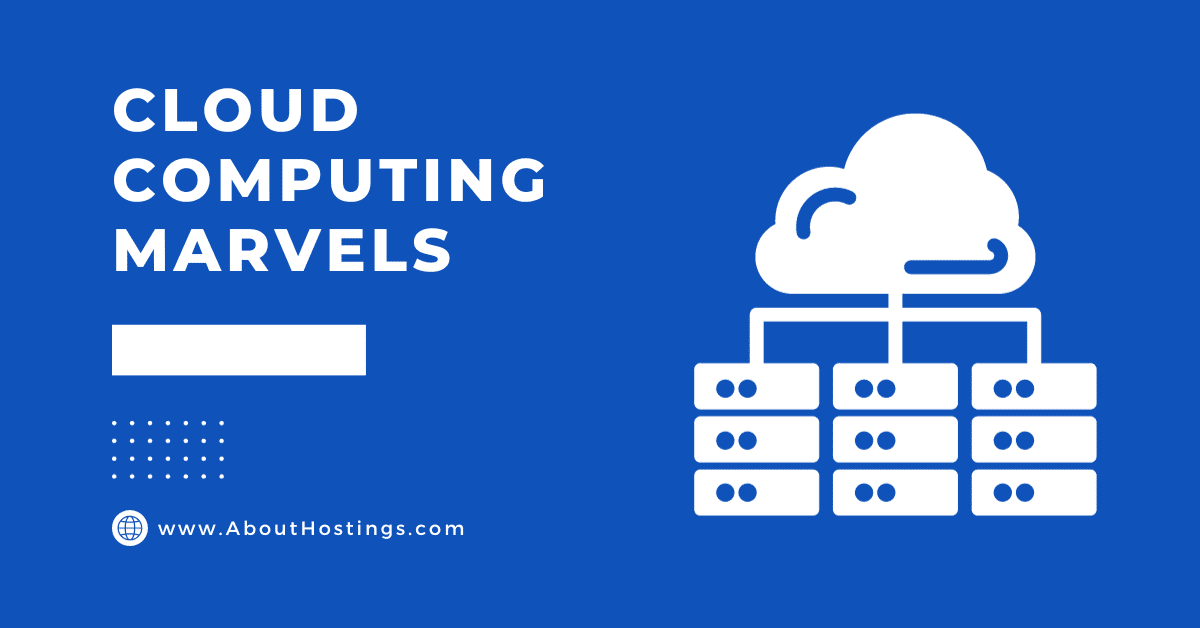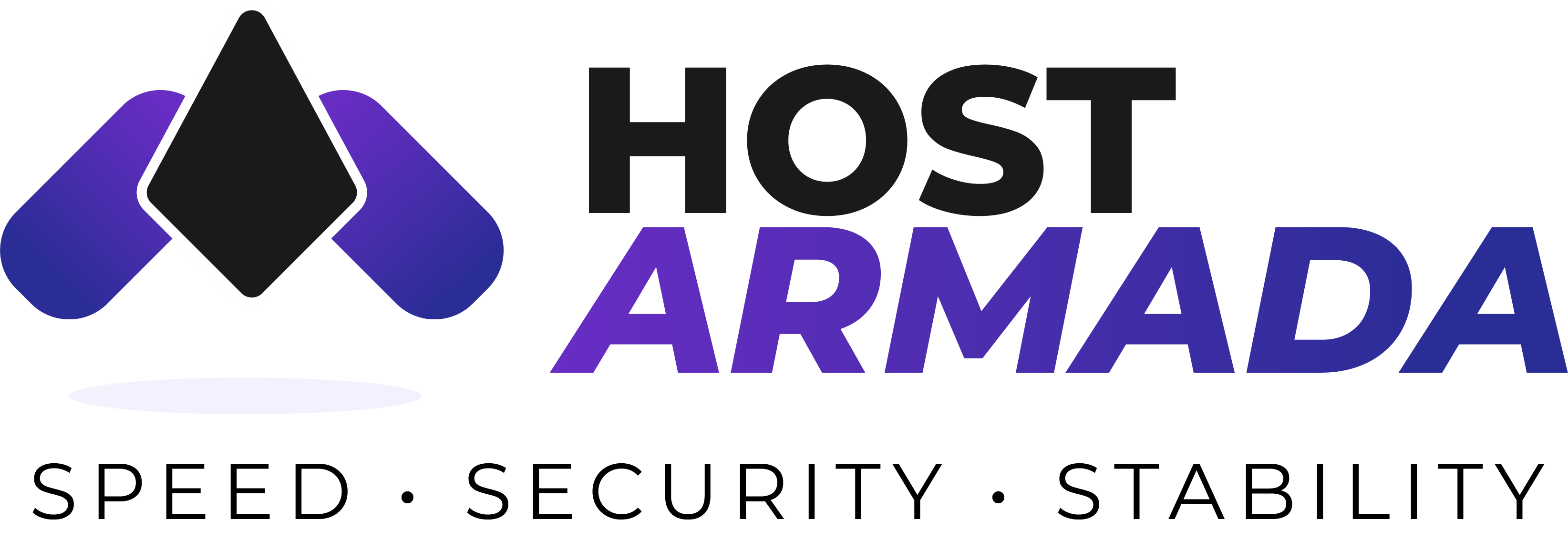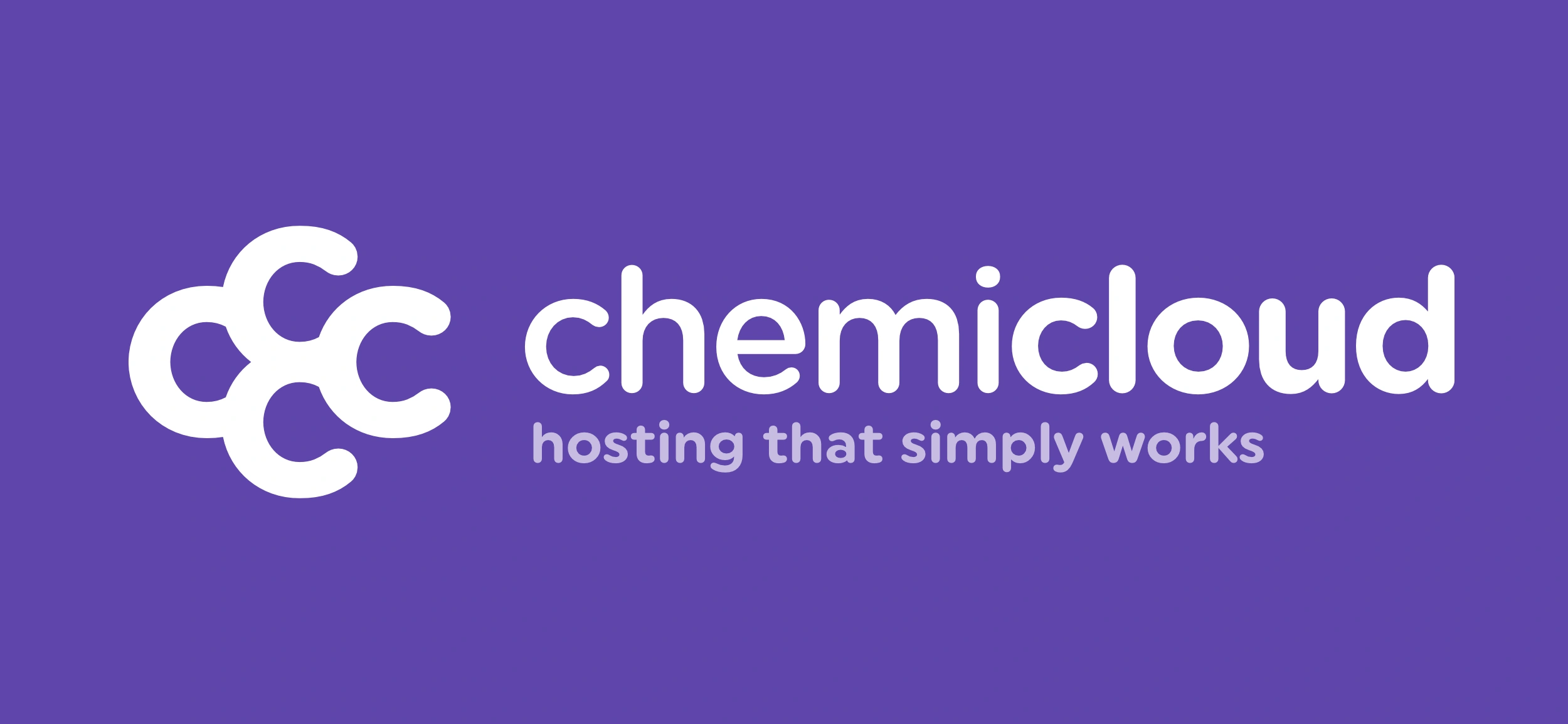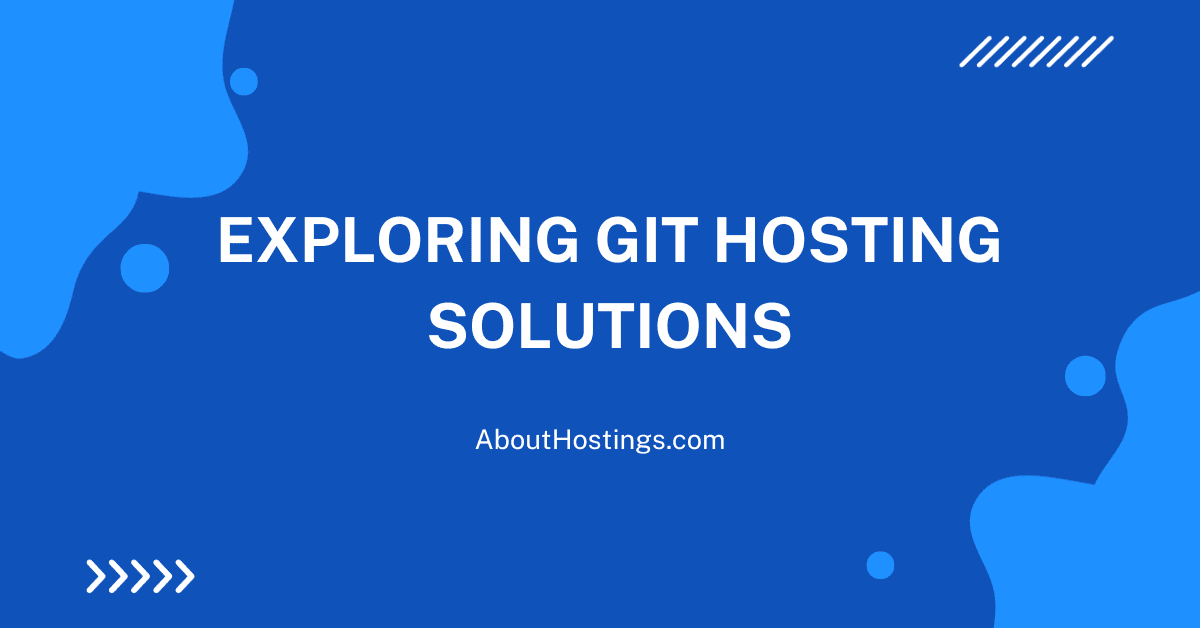Introduction to the Power of Cloud Computing
In the fast-paced digital era, technology continues to redefine how we live and work. One of the most transformative innovations is Cloud Computing — a revolutionary solution that has reshaped the IT landscape and seamlessly integrated into our daily digital experiences.
This comprehensive guide unpacks the world of cloud computing: from its core concepts to its business impact and practical uses. Whether you’re a business owner or tech enthusiast, understanding this domain is crucial in today’s connected world.
At the heart of this transformation is cloud hosting, a cutting-edge hosting solution that leverages virtualization and distributed computing. Instead of relying on a single server, it utilizes a network of interconnected servers, ensuring flexibility, scalability, and high performance — ideal for handling dynamic web traffic with ease.
Complementing this ecosystem is Cloudflare — a leading performance and security provider that acts as a content delivery network (CDN). By optimizing content distribution and enhancing security through DDoS protection, SSL, and traffic routing, Cloudflare helps websites remain fast and safe in a high-demand internet environment.
Cloudways Review
A Cloudways review typically discusses the performance and features of Cloudways, a managed cloud hosting platform. Cloudways simplifies the process of deploying and managing applications on various cloud providers, offering users a user-friendly interface, scalability, and flexibility.
Reviews often touch on aspects such as server performance, ease of use, customer support, and pricing. Users may highlight the platform’s ability to streamline tasks like server setup, security management, and scaling resources, making it an attractive option for individuals and businesses looking for a hassle-free and efficient cloud hosting experience.
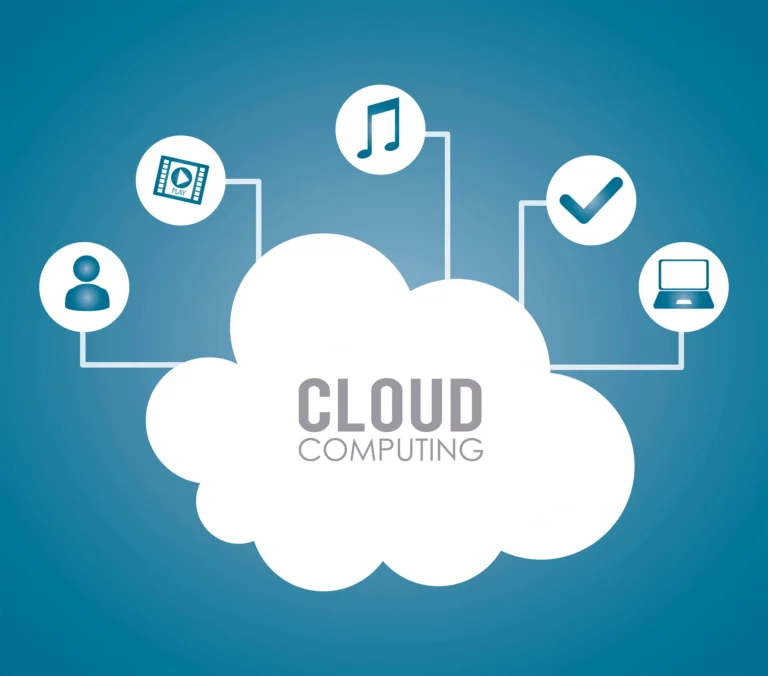
Cloudways and SiteGround are two popular hosting providers, each with its own set of features and strengths. Cloudways is a managed cloud hosting platform that allows users to deploy applications on various cloud infrastructure providers like AWS, Google Cloud, and others. It offers flexibility, scalability, and a user-friendly interface, making it suitable for those who prefer control over their server environments.
On the other hand, SiteGround is a shared hosting provider known for its ease of use, customer support, and performance optimizations. SiteGround is a good choice for users who want a reliable and user-friendly hosting solution without the complexity of managing a cloud infrastructure.
When comparing Cloudways vs SiteGround, factors like technical expertise, scalability needs, and specific hosting requirements come into play. Cloudways may be preferable for those seeking more control and scalability, while SiteGround might be a better fit for users who prioritize simplicity and reliable shared hosting services. Ultimately, the choice depends on individual preferences and the specific needs of the website or application being hosted.
Understanding Cloud Computing
Definition and Essence
At its core, cloud computing refers to the delivery of computing services – including storage, processing power, and applications – over the internet. The “cloud” in cloud computing is a metaphor for the internet, depicting a virtual space where users can access these services without the need for physical infrastructure or on-site servers. Learn how top providers like Google Cloud are leading this transformation.
Key Characteristics of Cloud Computing
- On-Demand Self-Service: Users can provision and manage computing resources as needed, without requiring human intervention from service providers.
- Broad Network Access: Cloud services are accessible over the internet from a variety of devices such as laptops, smartphones, and tablets.
- Resource Pooling: Computing resources are pooled together and shared among multiple users, leading to increased efficiency and cost-effectiveness.
- Rapid Elasticity: Resources can be scaled up or down rapidly to accommodate changing workloads, ensuring optimal performance and resource utilization.
- Measured Service: Cloud computing resources are metered, and users are billed based on their usage, allowing for accurate and transparent cost management.
📘 Want to see how providers stack up? Read our in-depth comparison: Cloudways vs SiteGround.
Models of Cloud Computing
Infrastructure as a Service (IaaS)
In the IaaS model, fundamental computing resources such as virtual machines, storage, and networking are provided over the internet. Users have the flexibility to manage and control the operating systems, applications, and development frameworks while outsourcing the infrastructure management to the service provider.
Platform as a Service (PaaS)
PaaS takes the abstraction a step further by providing a platform that allows users to develop, run, and manage applications without dealing with the complexities of infrastructure. This model accelerates the application development process, allowing developers to focus solely on coding and innovation. ➡ Read more about PaaS Hosting.
Software as a Service (SaaS)
SaaS delivers software applications over the internet on a subscription basis. Users can access these applications through a web browser without the need for installation or maintenance. Popular examples include Google Workspace, Microsoft 365, and Salesforce.
Deployment Models
Public Cloud
Public cloud services are offered by third-party providers on a pay-as-you-go basis. These services are available to the general public, and users can access computing resources such as servers and storage over the internet. Public clouds are known for their scalability and cost-effectiveness.
Private Cloud
Private clouds are dedicated to a single organization and are not shared with other users. They provide greater control over resources and security, making them suitable for businesses with specific compliance requirements or sensitive data.
Hybrid Cloud
As the name suggests, hybrid clouds combine elements of both public and private clouds. This model allows data and applications to be shared between them. Organizations often use the public cloud for non-sensitive operations and the private cloud for sensitive tasks, achieving a balance between cost efficiency and security.
Advantages of Cloud Computing
- Cost Savings: No need for expensive on-site infrastructure.
- Scalability: Resources can be scaled on demand.
- Accessibility: Access data anywhere, anytime.
- Automatic Updates: Infrastructure is maintained by providers.
- Disaster Recovery: Cloud provides multi-location backups.
Challenges of Cloud Computing
- Security: Risk of data breaches still exists.
- Compliance: Must meet legal and regulatory requirements.
- Downtime: Potential for service outages.
- Limited Customization: Not all features are flexible.
Industries Transformed by Cloud Computing
- Healthcare: Enables secure patient data sharing and faster treatment.
- Education: Powers virtual classrooms and global learning platforms.
- Finance: Real-time analytics, better security, and compliance support.
- E-commerce: Scales transactions and inventory management effortlessly.
The Future of Cloud Computing
Edge Computing
As the Internet of Things (IoT) continues to grow, edge computing is emerging as a complementary technology to cloud computing. It involves processing data closer to the source of data generation, reducing latency and improving efficiency—especially ideal for IoT applications.
Quantum Computing
The advent of quantum computing is poised to revolutionize the cloud’s capabilities. With their ability to process vast amounts of data simultaneously, quantum computers hold promise in cryptography, optimization, and advanced scientific research.
Continued Innovation
Cloud computing is a dynamic field, and innovations in AI, machine learning, and automation are expected to further elevate cloud performance, scalability, and reliability.
Conclusion
While challenges and concerns exist, the benefits far outweigh them, making cloud computing a driving force behind innovation in numerous industries. As we look to the future, the continued evolution of cloud computing promises even more exciting possibilities, solidifying its place as a cornerstone of the digital revolution.
Cloud computing has become an indispensable part of our digital ecosystem, transforming the way we store, access, and process data. From its fundamental service models to various deployment options, cloud computing offers unprecedented flexibility, scalability, and efficiency.

